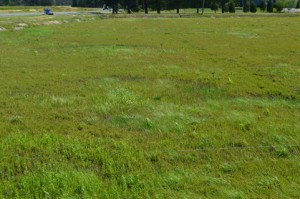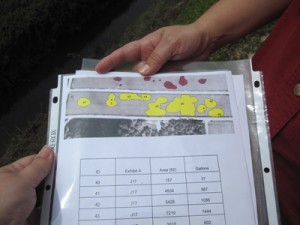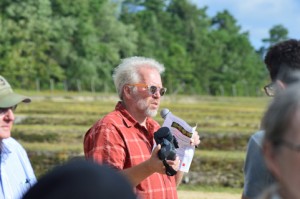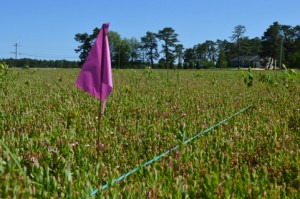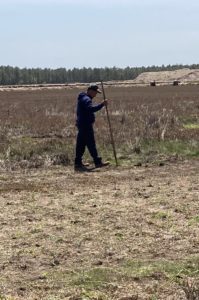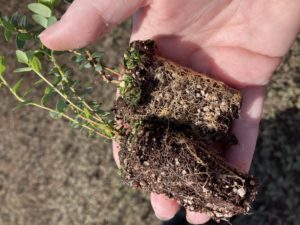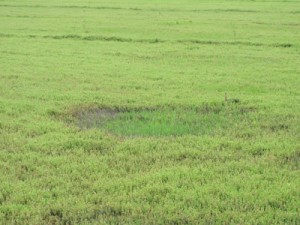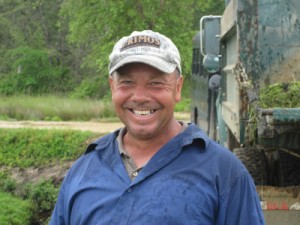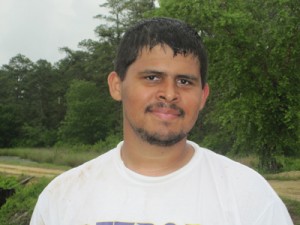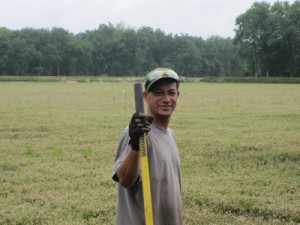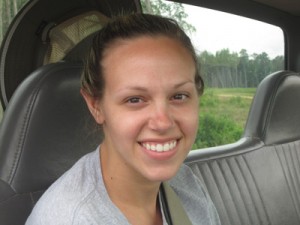Perennial crops have perennial challenges, and one of our more persistent ones is the disease known as fairy ring.
Treatments are planned very carefully, with team members listing the top producing bogs that aren’t marked for renovation and setting priorities for what remains.
Dr. Peter Oudemans has run several ongoing fairy ring experiments on some of Pine Island’s established beds, looking at different treatments, and using drones to evaluate the progress.
“Fairy ring already messes up the canopy. It kills the edge, but then it leaves the center as a scar on the bed and also reduces yield,” Peter says. There have been some treatments for the centers of those rings to help them recover and help with the scarring, such as slow release fertilizers. And, of course, our team plans renovations carefully. “The best thing is not having to deal with it in the first place,” says manager Mike Haines. “That’s a huge focus when we assign a bog for renovation. Attention to detail in renovation and thinking about it thoroughly and critically are important so you can avoid having to do all this stuff later.”
Unfortunately other things like weather, drainage, and pests can cause problems as well. When it’s feasible, instead of tearing out an entire bog, our team will sometimes hand plant only the sections that have been affected.
Usually the rooted cuttings are trimmed, but currently the nursery does not keep a full staff at all times for social distancing reasons. “That makes the cuttings too long for the planters, but with small patches like these we’d be hand planting anyway,” says Tug Haines. “It also makes it easier for the guys to space themselves out.”
And, of course, as we come into the bloom period, our team will continue to make considered decisions about plant nutrition as well!

